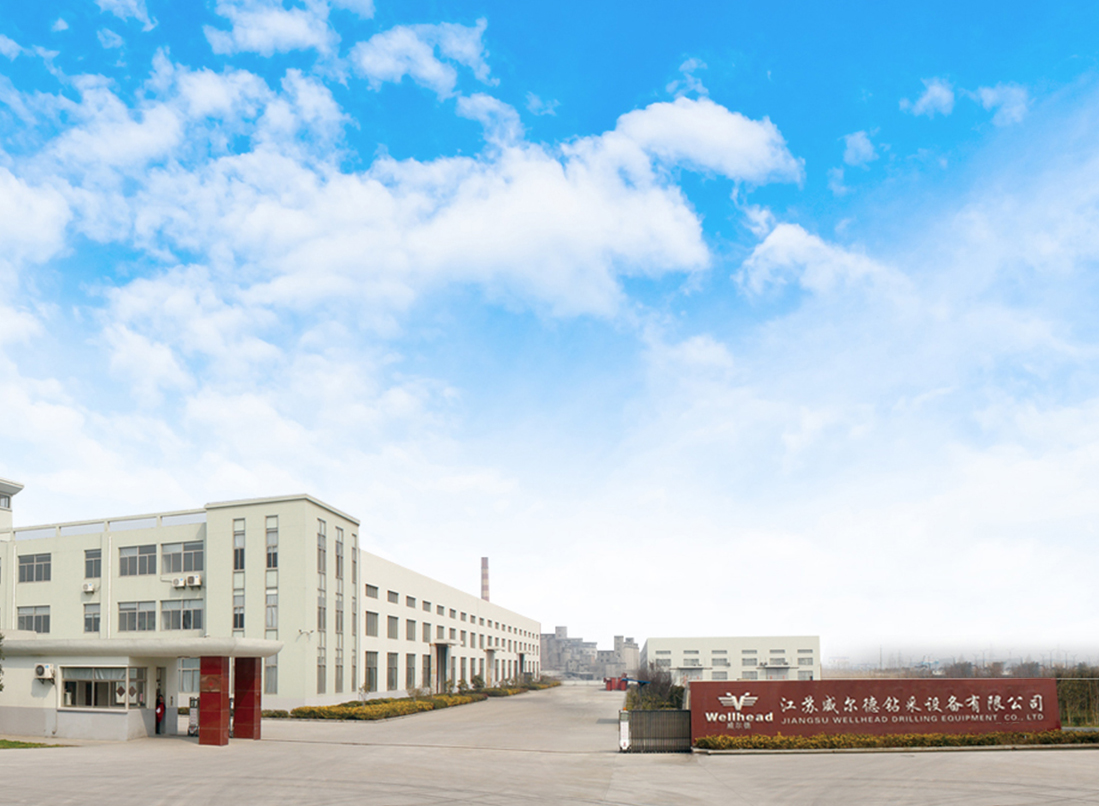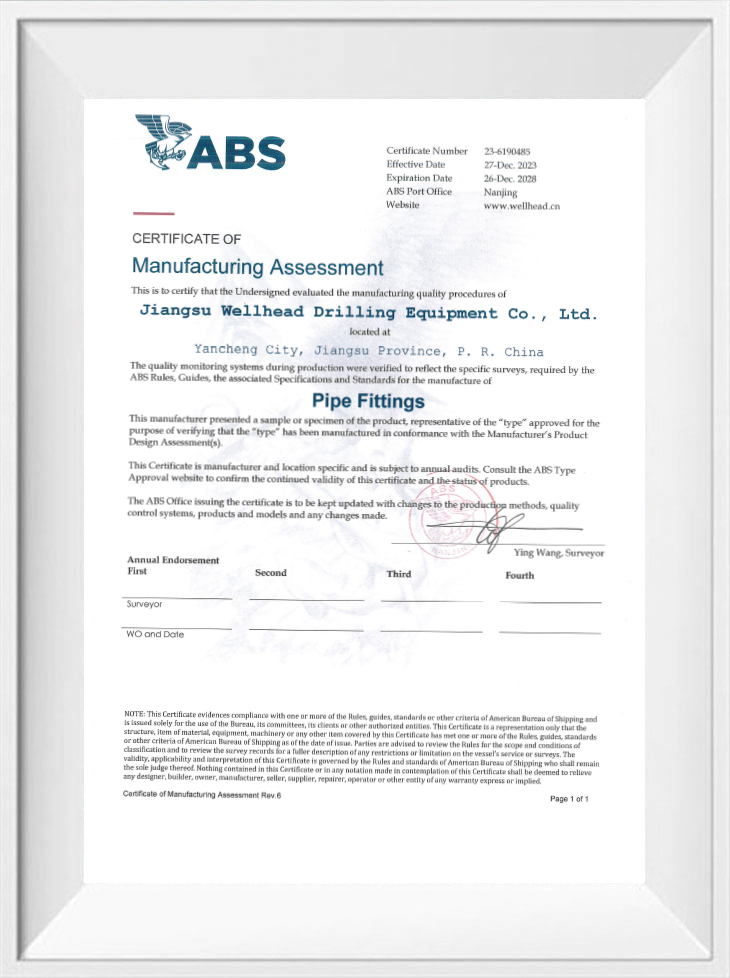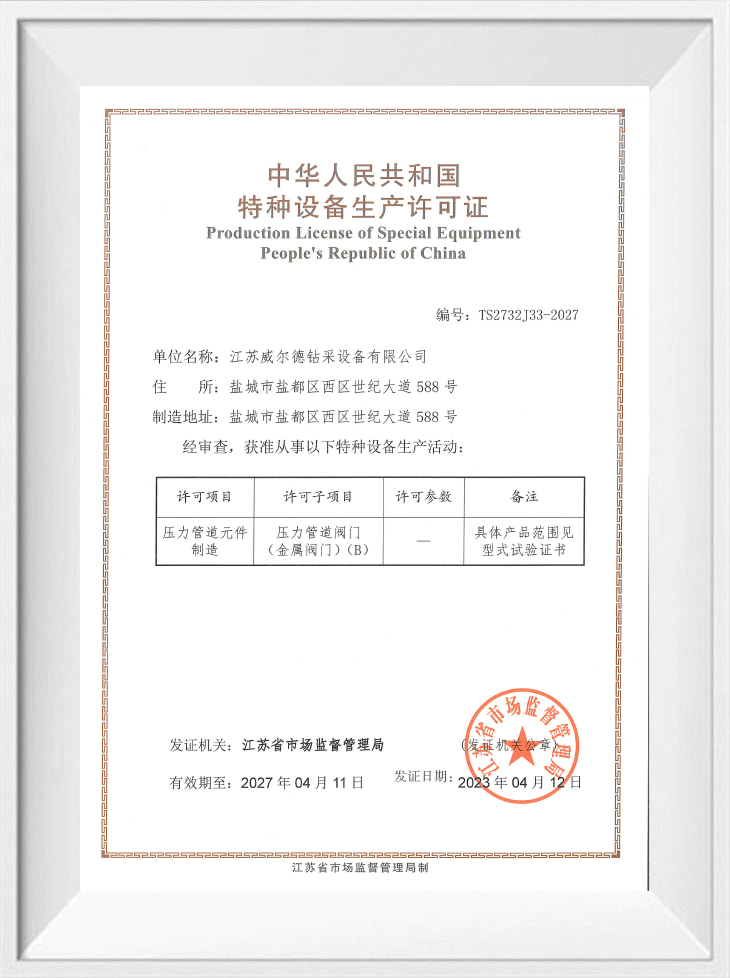Hose loops, also commonly referred to as hose loops or hose loops, are specially designed pipe components used to provide necessary bends and flexibility in fluid transfer systems. They are made of soft, flexible materials such as rubber, PVC (polyvinyl chloride) or silicone to adapt to the fluid transfer needs of different working environments.
Product Description
Hose loops are designed to meet the needs of fluid transfer systems as they bend and move. They can be easily bent into the desired shape to fit specific duct layouts or space constraints. At the same time, the structure of the hose ring allows fluid to flow smoothly in the curved part, reducing fluid resistance and improving transmission efficiency.
Performance Characteristics
Good flexibility: Hose loops are made of soft material and can be easily bent into various shapes to adapt to complex pipe layouts.
Excellent wear resistance: The material of the hose ring usually has wear resistance and can resist fluid erosion and pipe friction, extending its service life.
Good sealing: By using high-quality sealing materials and structural design, hose loops can ensure that the fluid does not leak during the transmission process, ensuring the safe and stable operation of the system.
High-pressure and high-temperature resistance: Depending on the application requirements, the hose ring can be designed to withstand high-pressure and high-temperature environments, ensuring stable operation under harsh conditions.
Easy to install and maintain: Installation of hose rings is generally simple and does not require complex tools or techniques. At the same time, due to the particularity of its structure, maintenance and replacement are relatively easy.
Applicable Scene
Hose loops are widely used in the following scenarios:
Industrial automation: In automated production lines, hose loops can be used to connect mechanical equipment and fluid transfer systems, providing the necessary bending and flexibility to accommodate the layout and movement of equipment.
Automobile manufacturing and repair: In the process of automobile manufacturing and repair, hose rings can be used to connect the engine, braking system and other key components to ensure smooth transmission of fluid and normal operation of the system.
Construction engineering: In the construction field, hose loops can be used to connect water supply, drainage and HVAC systems, providing flexible pipe layout and installation solutions.
Agricultural irrigation: In agricultural irrigation systems, hose rings can be used to connect water pipes and sprinklers to adapt to different terrains and irrigation needs, ensuring the effective use of water sources.
To sum up, hose loops, as a flexible and reliable pipeline component, play an important role in multiple industry sectors. They can provide the necessary bending and flexibility to meet the various needs of the fluid transfer system and ensure the safe, stable and efficient operation of the system.


 + 86-0515-88429333
+ 86-0515-88429333














